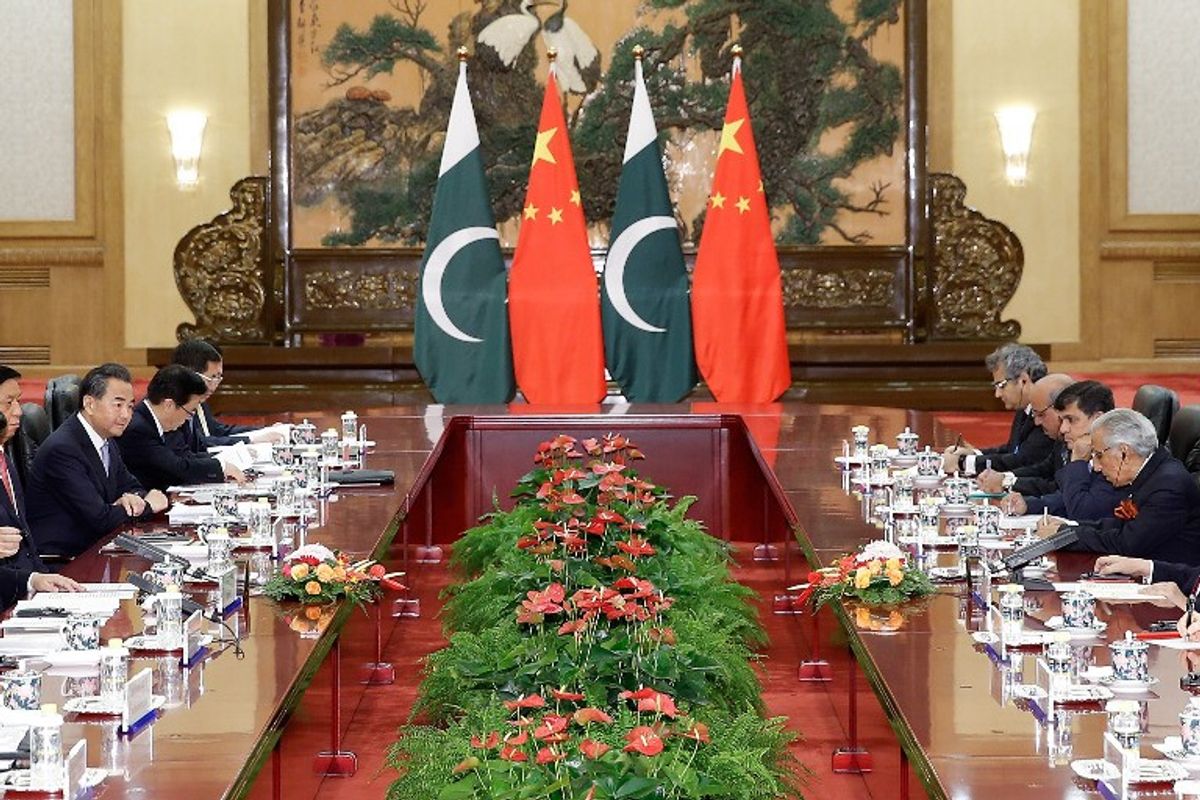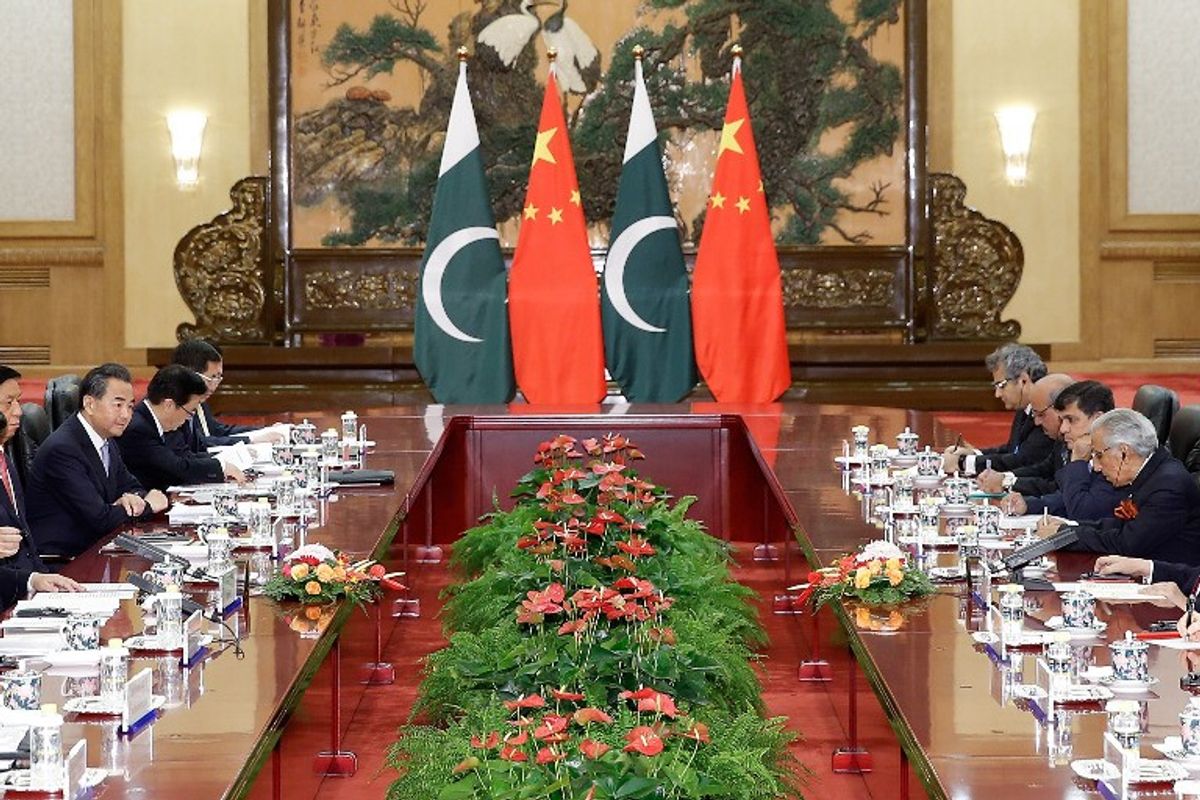In the study of international conflicts, economic inequality is often identified as one of the key factors contributing towards political instability. Today, as studies identify rapidly rising wealth and income inequality across the world, many have predicted that higher levels of political and economic instability will surely follow. But just how close is the relationship between inequality and instability? The Cipher Brief spoke with Vladimir Gimpelson, Director of the Center for Labor Market Studies at the Higher School of Economics in Moscow, to discuss the mechanics of that link, and the problems associated with the way we measure and interpret inequality statistics.
The Cipher Brief: There has been much talk in recent years of rising inequality across the world. How do you see the current state of global wealth and income inequality?
Vladimir Gimpelson: In my understanding, there is no consensus on the issue. Some scholars say inequality is increasing, others are not so convinced. Still other economists are fascinated with Thomas Piketty – author of Capitalism in the 21st Century – and are convinced that inequality is the world’s most important issue. However, if you look at the data, it does not definitively show that.
One problem is that inequality is a very tricky thing to measure. We usually do it using large-scale household surveys, but by using more sophisticated techniques, we are more likely to find larger inequality, because the most difficult thing is to measure the incomes of people who are at the extremes of the statistical distribution. Our advancement in measurement techniques can bring more people on the far left and the far right of the distribution into our measurement, and this will result in findings of larger inequality.
If you look across countries using some of these techniques, income inequality is definitely rising across the globe.
TCB: If you look at the 2011 Arab Spring, how do you think that rising inequality affects political instability? How does that transmission channel work?
VG: I think that this transmission is not so linear. The traditional point of view is that inequality translates into instability, for example, more inequality raises the likelihood of coups, conflicts, revolutions, etc. The evidence doesn’t really support that.
In the Arab Spring, for example, there are papers which demonstrate that the January 2011 protests in Egypt emerged against the background of declining income inequality, not rising inequality. My point is that ordinary people have a very incorrect understanding of what is inequality. Not only do they have little concrete knowledge of inequality, what they do know about it is wrong. We can actually see this is in all countries. We see this in rich countries, poor countries, small and large, people just don’t understand what inequality is, in terms of a statistical measure.
Why is that? It is a difficult story, but it is more or less a universal phenomenon. My research partners and I have used different sources and different data sets covering dozens of countries in different moments of time, and we almost universally see the same picture. People are wrong in their estimation of inequality. People in some countries where income inequality is very low, like France, believe that inequality is very high. In other countries, where inequality is definitely high, like many Latin American countries, people believe that it is very low.
What does this mean? It means that when we look at how statistically measured inequality relates to political instability or violent conflict, there is no relationship. However, perceptions matter. When we look at the perception of inequality in the surveyed countries, we do see a link with instability.
What matters is not what statisticians say, but how people perceive their relative lot in life. We speculate that you could see the same gap between statistical estimates and the power of perception in things like unemployment and inflation.
TCB: Can you give me an example of a country where people have perceived high inequality even when there is none, or vice versa? What feeds these perceptions in your opinion?
VG: The way that misperceptions are developed and shaped is still the big question, and we don’t have a definitive answer. However, we do have a few hypotheses.
One hypothesis is that these perceptions are shaped by the reference group to which people belong. So, regardless of whether you are rich or poor, in your reference group – your network – there are people who are richer and poorer than you. In this situation, a person can see themselves as belonging to the middle of the distribution, and that’s exactly what we see in practice is that, when we ask, people often put themselves in the very middle. So most people estimate inequality by looking around and comparing themselves to those who are close to them.
A second hypothesis is mass media. If, for example, you watch TV or read lifestyle journals or follow the glamorous lives of movie and TV stars, then of course this affects your understanding of inequality. This is certainly an important factor.
The third possible explanation is ideology. If you are leftwing, you believe that inequality is too high and that the government should redistribute wealth to deal with that. If you are more rightwing or pro-market oriented, then you can disregard this concern.
These are the three main possibilities, but it is very interesting that the full answer to this question doesn’t really exist. We have hypotheses, but we can’t say with any certainty yet.
TCB: In your mind, what is an outstanding example of a situation where perceptions of inequality and actual inequality are extremely different?
VG: France is a country with statistically low inequality. France’s Gini Coefficient – the most widely used measure of inequality – is very modest. However, French people are very intolerant to inequality and, if you look at their perceptions, they perceive France as having very high inequality. Possibly they know something that statisticians are unable to capture, but this is a clear example of misperception and the huge gap between perceptions and reality.
The other example is, of course, Latin America. In Latin American countries, income inequality tends to be very high, but when they are surveyed for satisfaction, most Latin Americans are quite satisfied with life, they are very happy, and they don’t identify inequality as the key issue they face.
For another example, in my own country, Russia, analysts say that there is very high inequality, but this is not the main factor affecting politics or people’s lives. They have many other problems. In addition, it would be naïve to think that such a huge and heterogeneous country like Russia would have low inequality.
This actually feeds into another important point. When we compare countries, whether they have low or high Gini scores, we often compare countries that are very different in size and internal heterogeneity. It to some extent incorrect to compare large countries like the United States, Brazil, China, etc. with large and diverse populations to smaller countries. Large countries, by definition, cannot have inequality as low as relatively small and homogeneous countries.











